Would you like to end the year with an unforgettable experience? Celebrating the New Year in Cusco means living one of the most magical festivities in the Andean calendar. The city comes alive with colors, music, and positive energy that reflect its deep cultural richness. Every corner of the ancient Inca capital offers the chance to connect with the historic and spiritual roots of the “navel of the world.”
In this blog, you’ll discover why celebrating the new year in Cusco 2026 is one of the most vibrant and meaningful experiences during the Peru new year season. You’ll learn about local customs, traditional rituals, and the bright colors that fill the imperial city with life. We’ll also explore symbolic traditions such as colored candles, the yellow mixture, lucky amulets, and the twelve grapes — along with tips on what to do, what to eat, and how to make the most of this once-in-a-lifetime celebration.
Celebrating New Year’s in Peru is a journey of joy, gratitude, and renewal. And nowhere captures that spirit better than the Cusco New Year festivities, where the ancient Andean world and modern celebrations blend perfectly under the stars of the Andes.
Table of contents
Traditions and Customs of the New Year in Cusco
The new year in Cusco is lived with contagious energy that unites locals and travelers in a single festive spirit. The streets of the historic center fill with music, traditional dances, and fireworks that illuminate the colonial balconies. Families and tourists gather in plazas and viewpoints to welcome the new cycle, surrounded by joy and hope.
During the last days of December, the city prepares for the Peru new year with colorful decorations and local fairs selling good-luck charms. The markets offer candles, wheat spikes, golden bills, and flowers to attract prosperity for the coming year. This festive atmosphere turns the New Year’s in Peru into an unforgettable experience, where Andean tradition and modern celebration coexist in perfect harmony.
Flowers, Clothing, and the Yellow Mixture
The new year in Cusco 2026, is defined by its magical atmosphere full of color and symbolism. As December draws to a close, yellow dominates every corner of the city — a color that represents prosperity, fortune, and positive energy for the new beginning.
The streets overflow with yellow decorations, floral crowns, and festive ornaments, spreading happiness and optimism. Traditional markets sell everything from hats and glasses to yellow confetti for the night celebrations. All this joy surrounds visitors with the special energy of the Cusco new year.
One of the best-known customs is wearing yellow underwear at midnight. According to popular belief, it attracts abundance and good luck for the coming months — and it’s said to be even more effective if the garment was given as a gift.
The Meaning of the Color and the Yellow Mixture
In Cusco, the color yellow has deep roots that date back to pre-Inca times. The ancient Andean civilizations associated it with the sun, wealth, and vital energy. This connection remains alive during the New Year’s in Peru, when families decorate their homes with golden and yellow tones to attract light and prosperity.
The famous mistura amarilla, or yellow mixture, is made of tiny yellow papers symbolizing the renewal of the life cycle. People scatter them in the corners of their houses to attract success and abundance. Yellow flowers are also placed in vases, often combined with male and female rue, wheat spikes, and lucky bills — all meant to invite prosperity and good fortune into the home during the new year in Cusco.
These floral arrangements often include traditional herbs such as cinnamon, cloves, and quinoa, which represent abundance and protection for the new cycle. Every detail of the Cusco new year celebration is filled with meaning — a blend of hope, harmony, and connection to ancient beliefs that continue to inspire the people of the Andes.
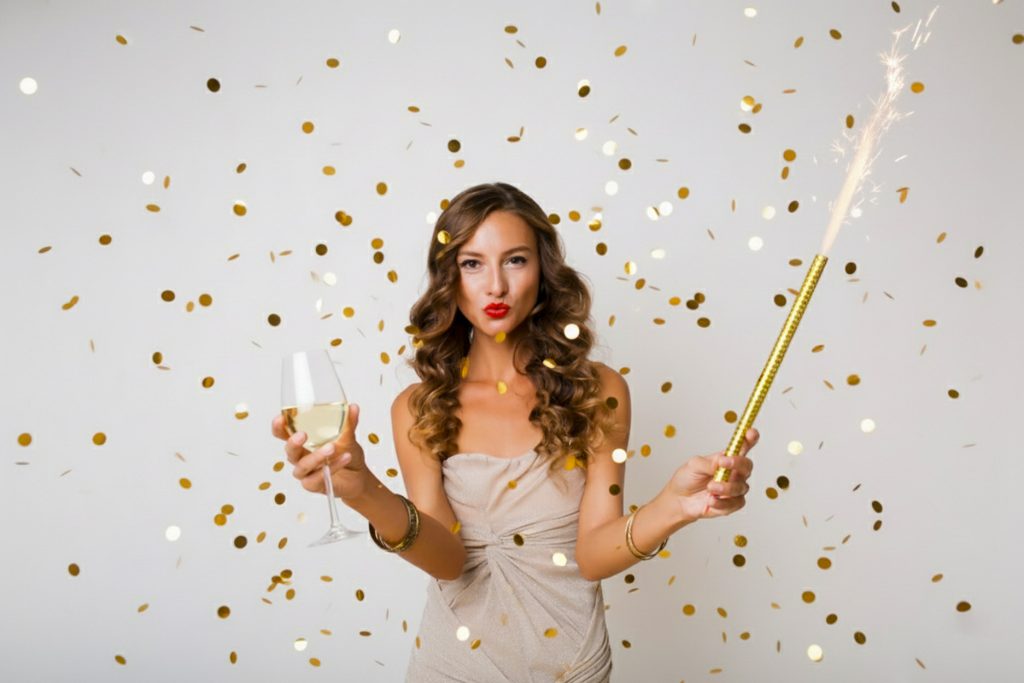
Burning Dolls
During the new year in Cusco, one of the most anticipated traditions is the burning of dolls, a symbolic act that marks the end of old cycles and the rebirth of new energy. This custom, rooted in colonial times, reflects both celebration and renewal. Locals prepare in advance, creating or buying dolls to burn in the first hours of the new year.
Originally, these dolls represented European figures, serving as a form of cultural resistance among Andean communities. Today, they’re made from old clothes, sawdust, and recycled materials. Each family or group of friends creates their own doll, often personalizing it with messages or symbols that reflect their hopes for the new year.
In the neighborhoods of the city center and surrounding areas, the streets come alive with laughter and music as the dolls burn. Many add written notes or mock “wills” expressing wishes for the future. This joyful, fiery ritual continues to adapt with time while maintaining its essence as part of the New Year’s in Cusco, Peru.
Nowadays, Cusco’s local authorities encourage environmental awareness and safety during this ritual. They recommend using eco-friendly materials to avoid air pollution. In this way, the Cusco new year tradition preserves its symbolic meaning while promoting sustainability and community spirit across the Andes.
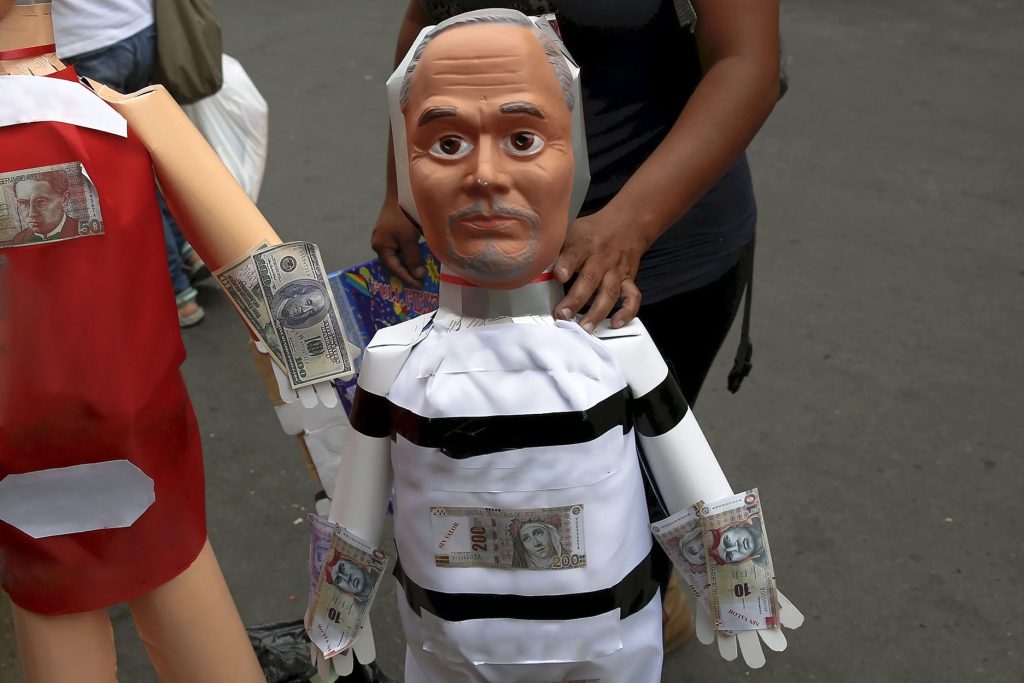
Lighting Colored Candles
During the new year in Cusco, colorful candles illuminate homes with an atmosphere of hope and spiritual renewal. Lighting them represents inner cleansing and energetic balance before beginning a new cycle. Each color holds a special intention, guided by the seven archangels of Andean and Christian spiritual traditions.
Cusqueños prepare their homes by lighting candles and burning palo santo, whose aromatic smoke purifies spaces and drives away negative energies accumulated throughout the year. This ancient practice combines faith, harmony, and deep respect for the spiritual forces that protect the home — a common feature of the new year’s in Peru.
The blue candle is lit to invoke protection and spiritual strength under the guidance of Archangel Michael. The yellow candle symbolizes progress and wisdom, attributes of Archangel Jophiel. Together, they attract clarity, prosperity, and stability throughout the Cusco New Year celebration.

The Colors and Their Spiritual Meanings
Red represents love and devotion under the blessing of Archangel Chamuel. The white candle reflects purity, humility, and inner peace, associated with Archangel Gabriel. Many Cusco families light both to strengthen emotional bonds and begin the Peru new year in harmony.
The green candle, linked to Archangel Raphael, is used to request physical and emotional healing. Meanwhile, the orange candle, protected by Archangel Uriel, symbolizes grace and serenity — values deeply rooted in Andean spirituality. These colors together express hope, health, and renewal during the New Year in Cusco, Peru.
Finally, the violet candle represents transformation and forgiveness, guided by Archangel Zadkiel. Lighting means letting go of old burdens and opening oneself to positive change. Through this ritual, Cusco families balance body, mind, and spirit — transforming their homes into spaces of light and prosperity as they welcome the new year in Cusco 2026.
If you loved discovering how Cusco celebrates New Year’s Eve, don’t miss our blog Christmas in Cusco, Peru: Fairs and Traditions, and experience the magic of Christmas in the Andes.
Running Around the Plaza
During the new year in Cusco, the Plaza de Armas becomes the heart of the city’s most joyful celebration. From early evening, live performers prepare for concerts that fill the air with music and excitement. As midnight approached, hugs, smiles, and a contagious spirit of hope spread across the crowd. When the clock strikes twelve, fireworks illuminate the Andean sky, marking a powerful new beginning for everyone celebrating the Peru New Year.
At that moment, one of Cusco’s most iconic rituals begins — running around the plaza. Hundreds of people, both locals and visitors, hold hands and walk or run in circles around the main fountain. This symbolic act represents leaving behind negativity and attracting good fortune, prosperity, and safe travels for the new cycle ahead.
Tradition says you must complete seven full laps to guarantee good luck for the year. Some people carry small suitcases filled with new clothes, symbolizing their wish to travel more in the coming months. The scene is lively, energetic, and full of laughter — a highlight of the new year’s in Peru that draws travelers from around the world to experience the joy of the new year in Cusco, Peru.
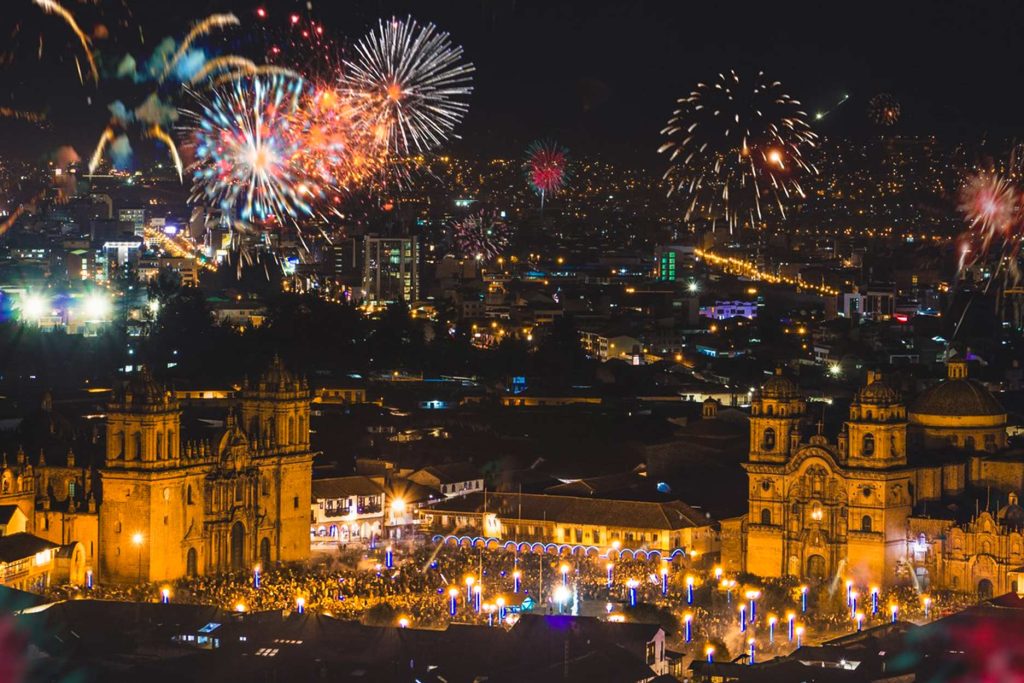
The Twelve Grapes
One of the most beloved traditions during the new year in Cusco is eating twelve grapes at midnight. This custom, which originated in Spain, has become an essential ritual in most Peruvian homes. Each grape represents a wish and a month of prosperity for the year that begins — a symbolic and joyful part of the New Year’s in Peru.
From the early hours of December 31, Cusco’s markets overflow with fresh fruit. Locals and visitors alike buy green or purple grape bunches to make sure they’re ready when the clock strikes twelve. As the bells chime, families gather around the table, and each person takes twelve grapes, making a wish with every bite — a simple yet powerful gesture of hope for the Peru New Year.
Eating the twelve grapes symbolizes abundance, fortune, and happiness for all twelve months ahead. In Cusco, this practice takes on a special meaning, blending local culture with a global tradition. It’s a beautiful reminder that the Cusco New Year is more than a celebration — it’s a moment to dream, renew, and embrace the promise of new beginnings shared by people across the New Year’s in Cusco, Peru festivities.

Fortune Amulets
During the new year in Cusco, fortune amulets hold a very special place in every celebration. Locals and travelers alike seek to attract prosperity, love, and protection through small, symbolic objects filled with meaning. Each charm represents the hope of starting the Peru new year with positive energy and fulfilled goals.
Cusco’s traditional markets come alive with vibrant colors and sweet aromas as merchants display rows of lucky charms. From miniature Andean figures to natural seeds, every item carries a specific blessing. Buying one of these talismans is an essential part of experiencing the New Year’s in Peru and a beautiful way to embrace Andean spirituality.
Among the most popular amulets are the money bouquets made with wheat spikes and fake bills — symbols of financial abundance, often placed in homes and businesses to attract success. Many people light a yellow or golden candle next to them, reinforcing the energy of prosperity that defines the Cusco new year celebrations.
Traditional Amulets and Their Meanings
The Ekeko, the Andean god of abundance, is one of the most beloved amulets during the New Year in Cusco. He’s usually depicted carrying small bags filled with food, money, and tiny goods, representing material well-being. Lighting a cigarette for the Ekeko is a symbolic offering to ask for abundance and happiness throughout the year.
Another powerful charm is the huayruro, a red-and-black seed believed to offer strong protection. Locals say carrying it in the left hand connects it to the heart, amplifying its positive energy. Many travelers buy bracelets or necklaces made with these seeds as personal lucky charms — a lasting memory of the New Year’s in Cusco, Peru.
Finally, lentils are a symbol of abundance and financial stability. Some people keep a handful in their wallets or pockets, while others eat them at midnight to welcome wealth and good fortune. However you choose to celebrate, these gestures of hope and gratitude perfectly capture the spirit of the Peru New Year and the magical energy of the Cusco New Year.
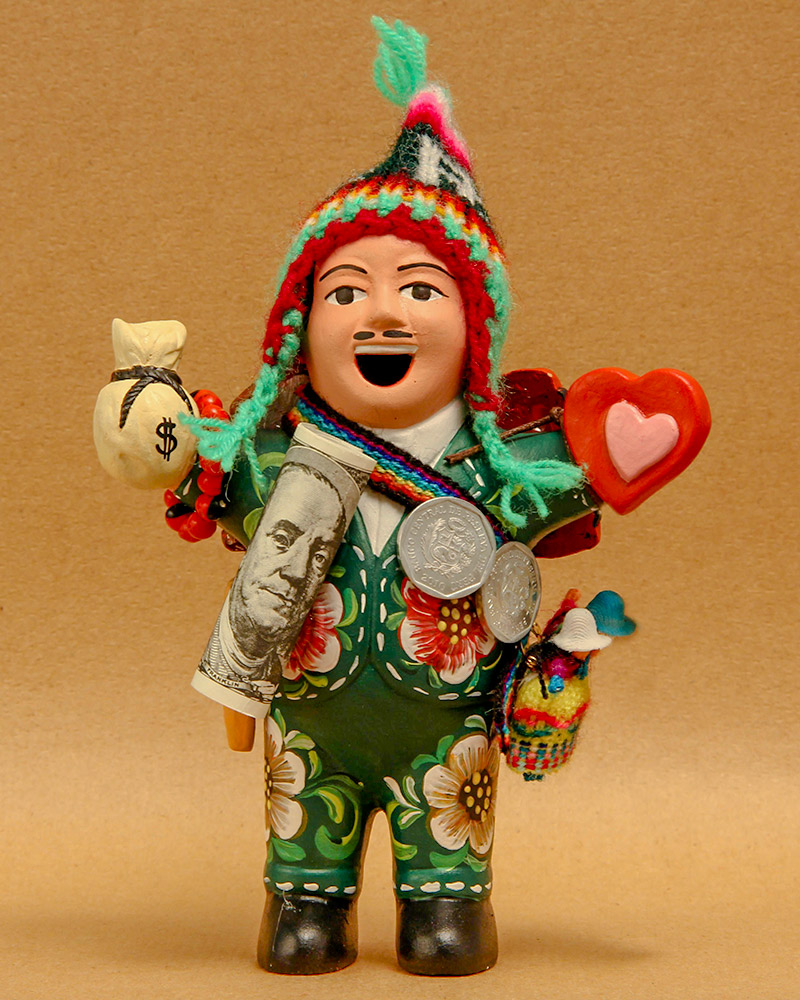

What to Do During the New Year in Cusco
During the New Year in Cusco, the imperial city becomes a perfect blend of Andean tradition, music, gastronomy, and spirituality. From ancient rituals to modern festivities, there are activities for every traveler looking to celebrate New Year’s in Peru uniquely.
In the days leading up to December 31, Cusco fills with visitors and festive colors. The historic center glows with lights, candles, and yellow decorations symbolizing prosperity and joy. Every plaza and street shines with enthusiasm as everyone prepares to say goodbye to the old year and welcome the new.
As midnight approaches, the Cusco New Year offers the perfect combination of history, celebration, and renewal. Whether you choose to join the crowd at Plaza de Armas, visit Machu Picchu, or explore the Sacred Valley, each place offers its own magic and meaning. The Peru New Year in Cusco is more than just a party — it’s a cultural experience set in the heart of the Andes.
Visiting Cusco’s Markets
Cusco’s markets are vibrant and full of life, especially in the days before the New Year in Cusco. At San Pedro Market, you’ll find amulets, candles, flowers, and lucky charms to start the year with good energy. You can also taste traditional dishes and local drinks that showcase the authentic flavor of Andean culture.
Walking through the stalls is a cultural experience that connects you directly with local traditions. Many people buy fake bills, wheat spikes, or grains to attract abundance. Without a doubt, visiting these markets is one of the best ways to prepare for the New Year’s in Cusco, Peru.

Visiting Machu Picchu
Starting the first day of the year at Machu Picchu is a deeply spiritual experience. This Inca sanctuary offers a mystical sunrise that fills every visitor with peace and renewed energy. Greeting the Peru new year while gazing at the peaks of Machu Picchu, Huayna Picchu, and Huchuy Picchu is a symbol of rebirth and connection with nature.
To enjoy this unforgettable moment, it’s essential to book your tickets and transport in advance, as spots sell out quickly during the Cusco New Year celebrations. Machu Picchu Town (Aguas Calientes) becomes the perfect setting to welcome the New Year in Cusco 2026 with gratitude and hope.
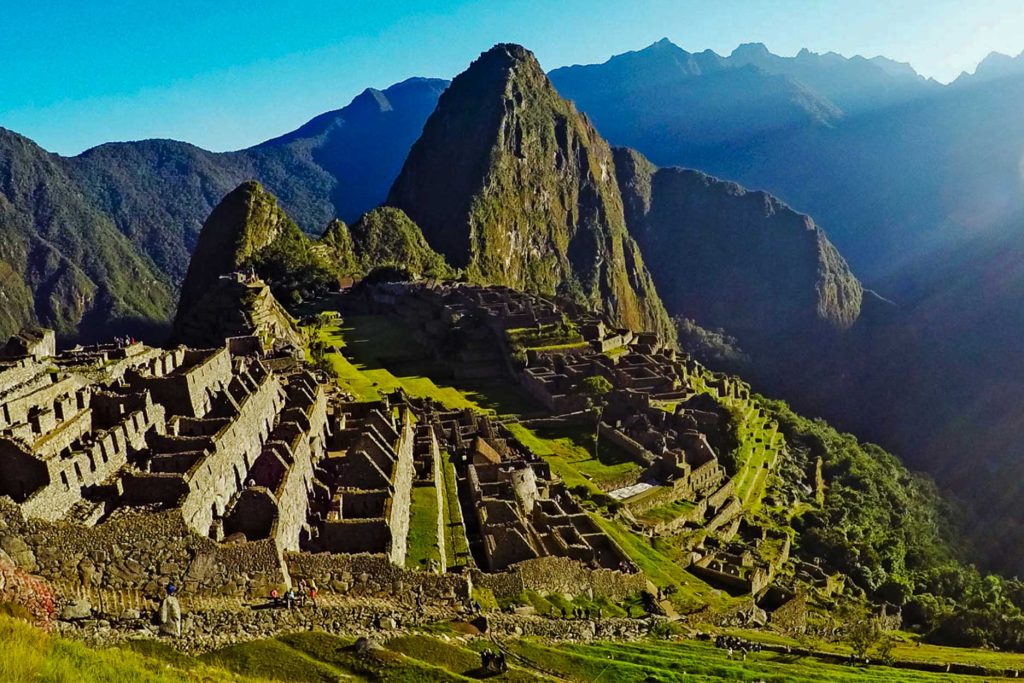
Visiting the Sacred Valley
The Sacred Valley provides a calm and spiritual setting — the perfect place to reflect during the New Year in Peru. Its scenic landscapes and archaeological sites emanate an ancient energy passed down from the Incas. Towns like Pisac, Ollantaytambo, and Maras are ideal for cultural retreats filled with significance.
During this time, many local communities perform offerings to Pachamama (Mother Earth) to express gratitude and ask for prosperity. Participating in these rituals is a unique opportunity to understand the deep connection between the Andean people and nature. Exploring the Sacred Valley during the new year in Cusco is a transformative and inspiring experience.
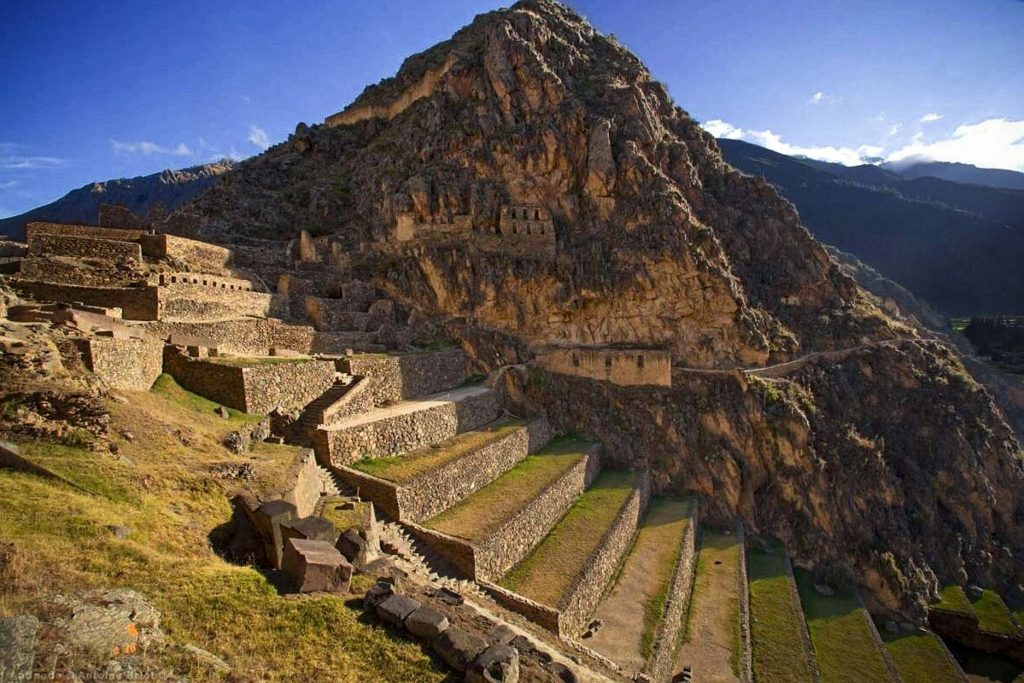
Bars and Clubs in the Historic Center
At night, Cusco reveals its modern and lively side. The historic center is full of bars and clubs where both travelers and locals dance until dawn, enjoying cocktails, music, and an incredible festive vibe. The mix of cultures creates a cosmopolitan atmosphere that makes the Cusco new year one of the most exciting experiences in South America.
Still, it’s important to celebrate responsibly and prioritize safety while enjoying the festivities. With laughter, friendship, and good music, the New Year’s in Cusco, Peru, becomes the perfect grand finale to a year full of adventure and joy.
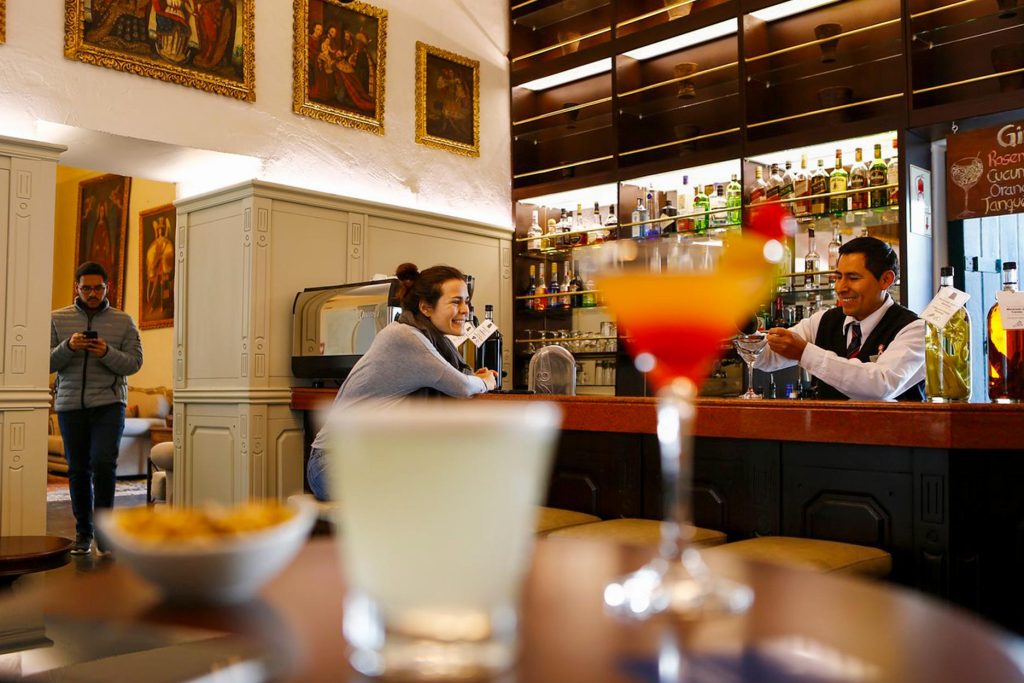
Gastronomy During the New Year in Cusco
Celebrating the new year in Cusco is also an opportunity to savor the best of Andean gastronomy. Every dish served during this season embodies tradition, family, and gratitude — making food one of the central elements of the New Year’s festivities in Peru. The aromas of local spices, herbs, and slow-cooked meats fill the air, creating a joyful and flavorful atmosphere that connects generations.
During the celebrations, the undisputed star is lechón al horno — roasted pork prepared with ají panca (red chili), garlic, cumin, and Andean herbs. The meat is tender and juicy, served with tamales, potato cake, and fresh salads that balance the richness of the dish. Sharing this meal is a ritual of love and abundance that marks the arrival of the Peru new year.
Another essential dish is cuy al horno, also known as chactado (roasted guinea pig), a centuries-old symbol of prosperity in Andean culture. It’s prepared with care and respect, offering a deep connection to local traditions. For those who prefer lighter options, baked chicken or vegetable rice are common alternatives served during the Cusco New Year dinners.
Flavors and Drinks to Celebrate the New Year
At midnight, many families enjoy a hot chicken soup — a comforting dish perfect for the chilly Cusco nights. This hearty soup symbolizes renewal and strength, helping everyone start the year with energy and optimism. Sweet treats like panetón with hot chocolate or the famous ponche cusqueño (Cusco punch) add a warm and festive touch to the New Year’s in Cusco, Peru.
Traditional beverages also play a special role in New Year’s celebrations in Cusco. Chicha de jora, made from sprouted corn, is drunk in the morning as a sign of heritage and respect for ancestors. For toasts, pisco sour, champagne, wine, and craft beers from the Sacred Valley are the perfect accompaniments to the festivities.
Every dish and drink tells a story of tradition and celebration. In Cusco, food is not just nourishment — it’s gratitude, sharing, and love. The flavors of the Andes accompany every toast, making the Cusco New Year a delicious way to welcome renewal and happiness surrounded by family, friends, and mountain magic.
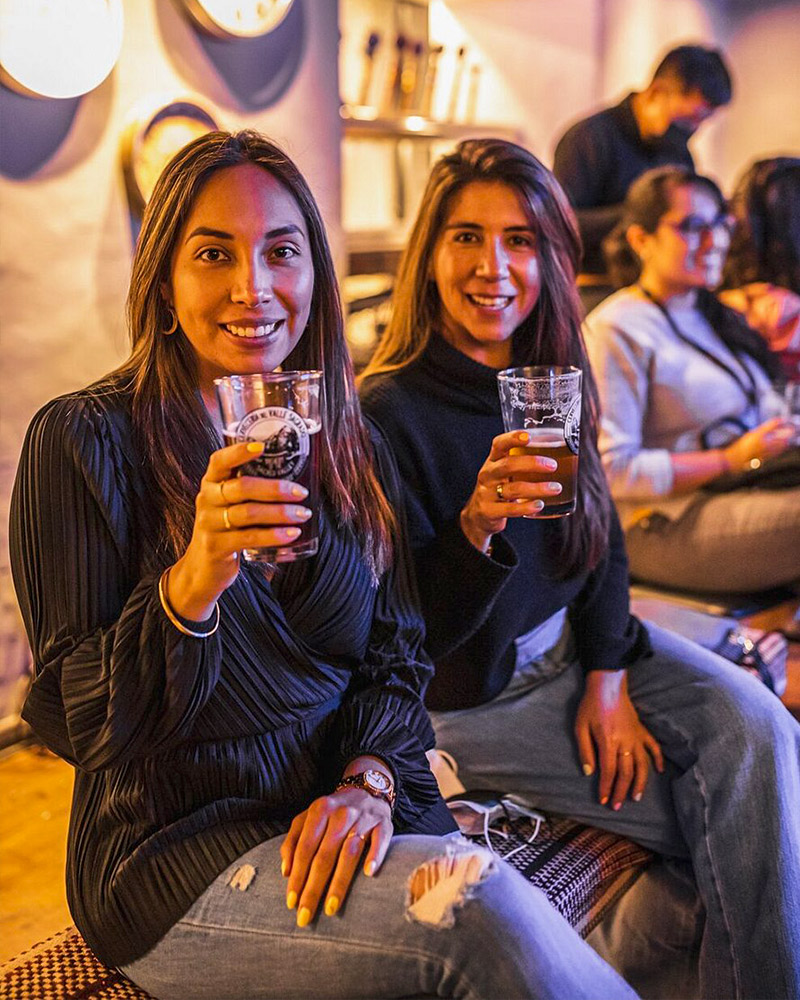
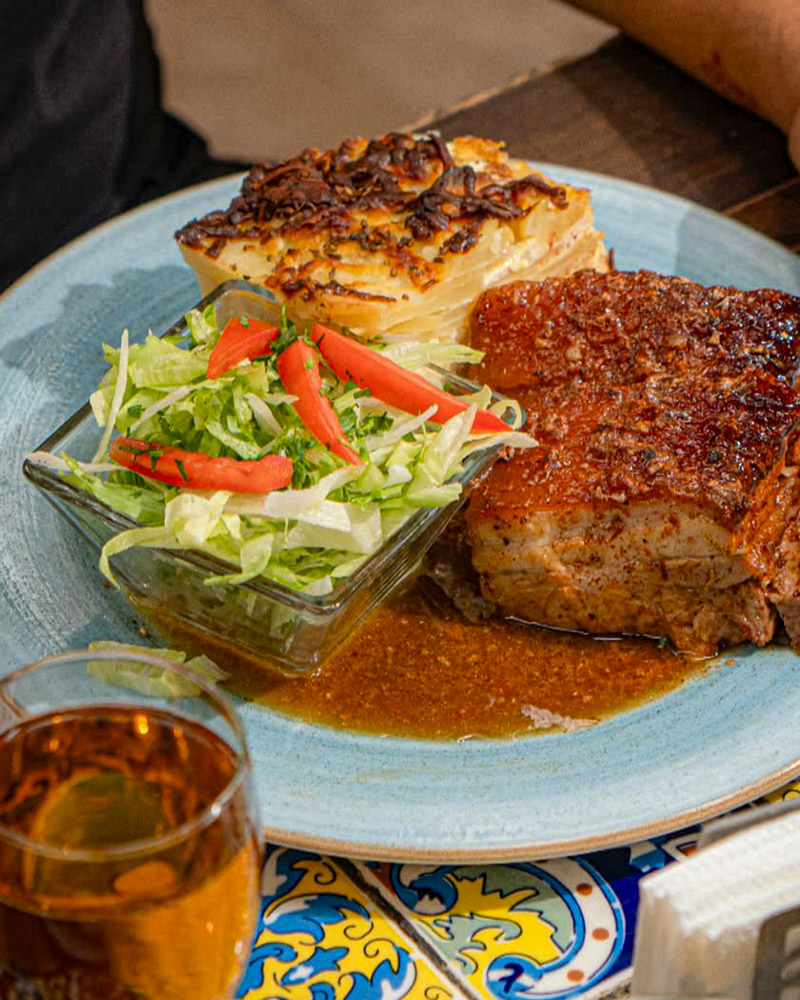
Conclusion
Celebrating the New Year in Cusco is much more than a festive event — it’s a cultural and spiritual experience that unites history, faith, and joy under the Andean sky. Every tradition, from lighting colored candles to running around the Plaza de Armas, expresses the living spirit of a people who welcome the future with gratitude and optimism.
The Cusco New Year embodies the balance between ancient Andean wisdom and modern celebration. Whether you join a traditional ritual, attend a concert in the main square, or enjoy dinner surrounded by friends, you’ll feel the unique energy that makes the New Year’s in Peru so special.
Live this unforgettable celebration, connect with the roots of the Andes, and start the Peru new year filled with positive energy and new dreams. Each sunrise over the mountains brings renewal — a reminder that in Cusco, every moment is sacred, and every new beginning is magical.
Book your next adventure with Salkantay Trekking and welcome the New Year in Cusco, Peru, in the heart of the Inca Empire, where every dawn awakens your traveler’s spirit.
Frequently Asked Questions
1. Why is Cusco a popular destination to celebrate the New Year?
Cusco combines culture, spirituality, and celebration in one unforgettable experience. Its mix of Andean traditions and modern festivities attracts travelers from all over the world. The energy of the Plaza de Armas and its unique rituals make the new year in Cusco a must-experience event during the new year’s season in Peru.
2. Is it safe to celebrate the New Year in Cusco?
Yes, the city increases police presence and security patrols during the festivities. However, it’s recommended to keep an eye on your belongings and avoid large crowds if carrying valuables. Overall, the Cusco New Year is a safe and well-organized event, as long as you take basic precautions.
3. When should I book accommodation and tours?
Book at least one month in advance. Hotels and tours sell out quickly during the new year in Cusco because it’s one of the busiest times of the year. Early reservations guarantee better prices and availability for Machu Picchu or Sacred Valley tours during the Peru New Year.
4. What kind of clothing should I bring?
December in Cusco brings mild days and cool nights. Pack a warm jacket, thermal clothing, and comfortable shoes. Don’t forget a raincoat, since showers are common during the New Year in Cusco, Peru.
5. How can I adapt to the altitude?
Rest well, stay hydrated, and avoid heavy meals when you first arrive. Coca tea and altitude tablets help relieve symptoms of soroche (altitude sickness) — a useful tip for any visitor enjoying the New Year’s in Peru.
6. Where do the main celebrations take place?
The Plaza de Armas is the heart of the Cusco New Year festivities. Thousands of people gather to enjoy music, dancing, and fireworks. At midnight, the famous ritual of running around the plaza begins — a symbolic act to attract good luck and positive energy for the year ahead.
7. What traditions can I experience?
During the new year in Cusco, locals light colored candles, eat twelve grapes, and burn symbolic dolls. They also wear yellow clothing and throw the yellow mixture (mistura amarilla) to invite abundance. Participating in these traditions is a beautiful way to connect with Andean culture and celebrate the Peru New Year authentically.
8. How does transportation work during the holidays?
On New Year’s Eve, some streets in the historic center are closed to vehicles. Use authorized taxis or walk to move around the city. If you plan to visit Machu Picchu, buy your train tickets and entry passes ahead of time to enjoy a smooth New Year’s in Peru experience.
9. What gastronomic options are available?
Restaurants offer special menus with traditional dishes such as roasted pork (lechón al horno), tamales, and ponche cusqueño. Many venues also serve gourmet dinners with city views. Make reservations a few days in advance to celebrate the New Year in Cusco, with flavor and comfort.
10. What tips can help me enjoy the celebration the most?
Arrive early at Plaza de Armas if you want a good spot for the fireworks. Bring cash, water, and a light jacket. Above all, keep an open heart and a respectful attitude to fully enjoy the New Year in Cusco 2026, one of the most vibrant and meaningful celebrations of the Peru New Year season.

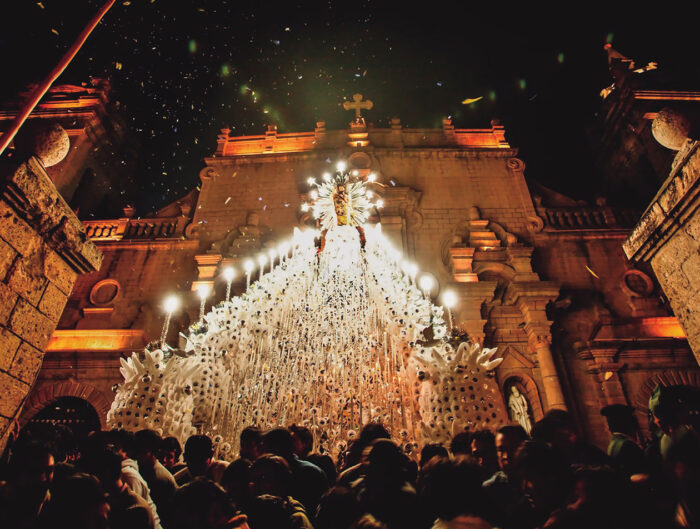
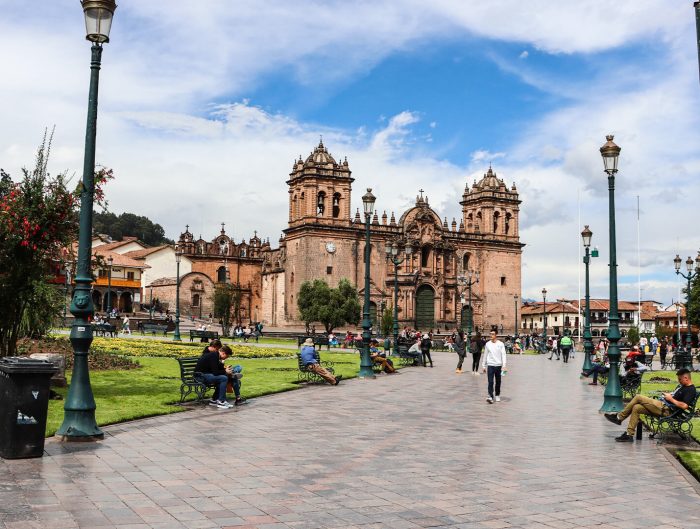
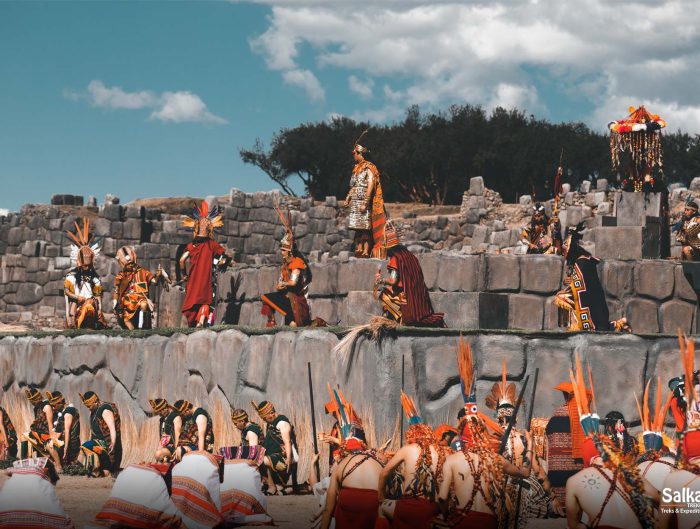


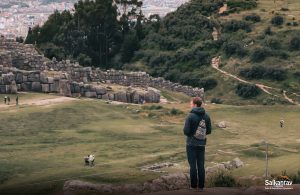
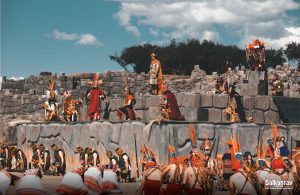
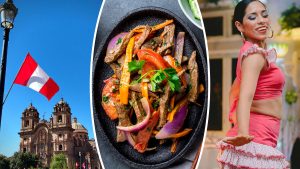

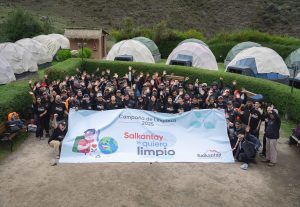


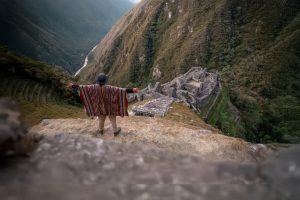
Leave A Reply